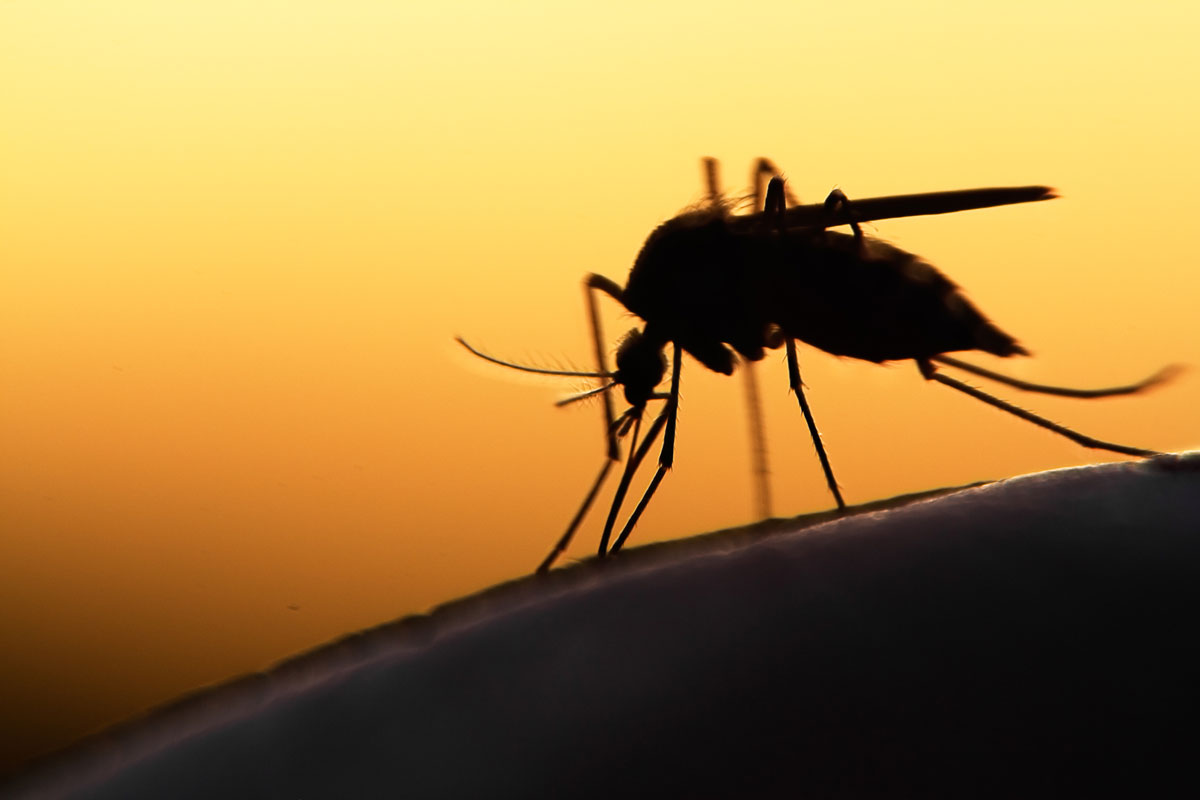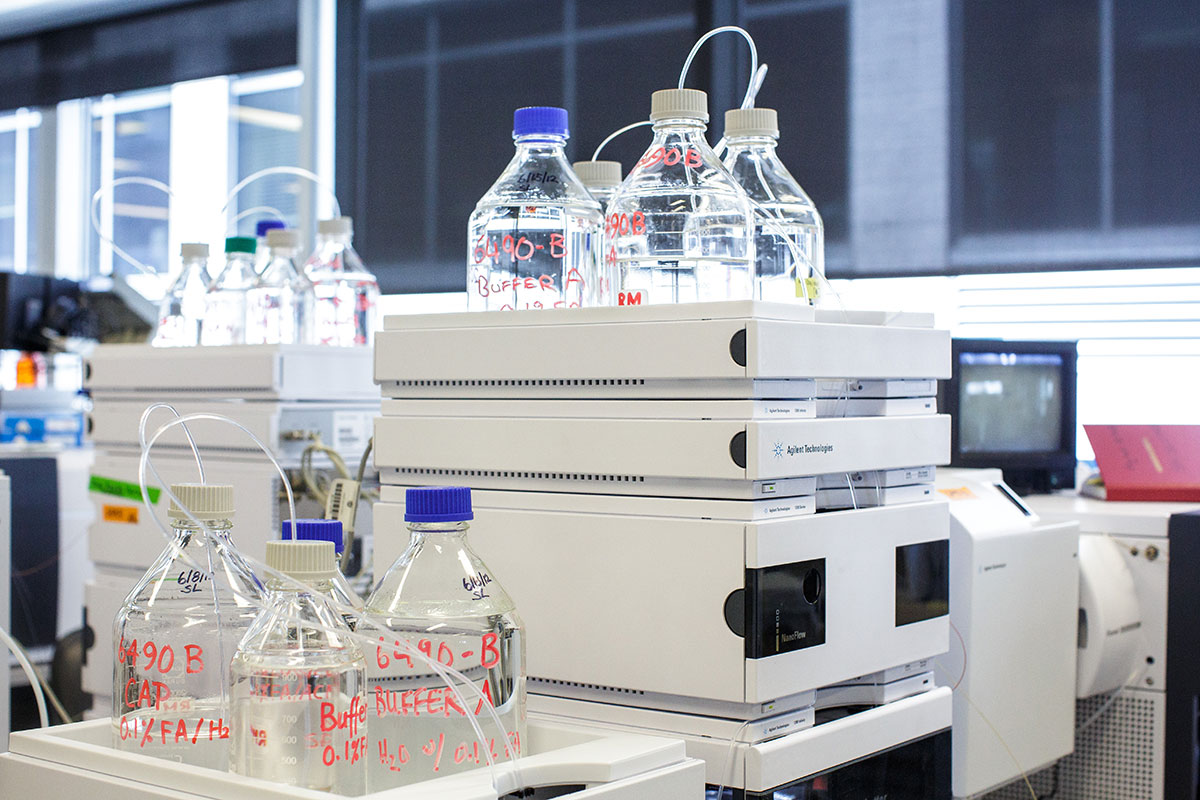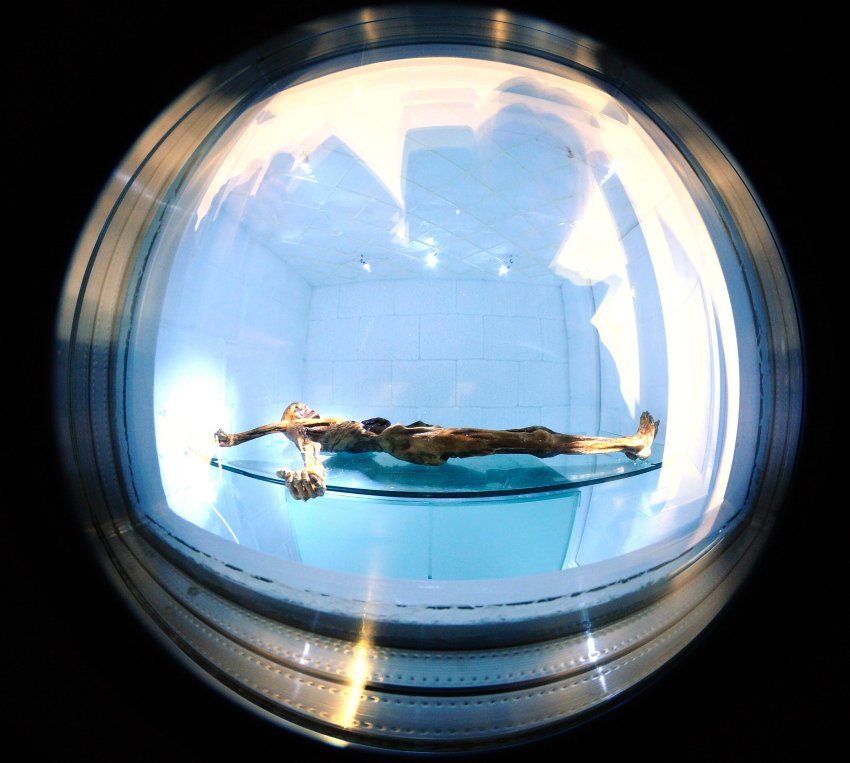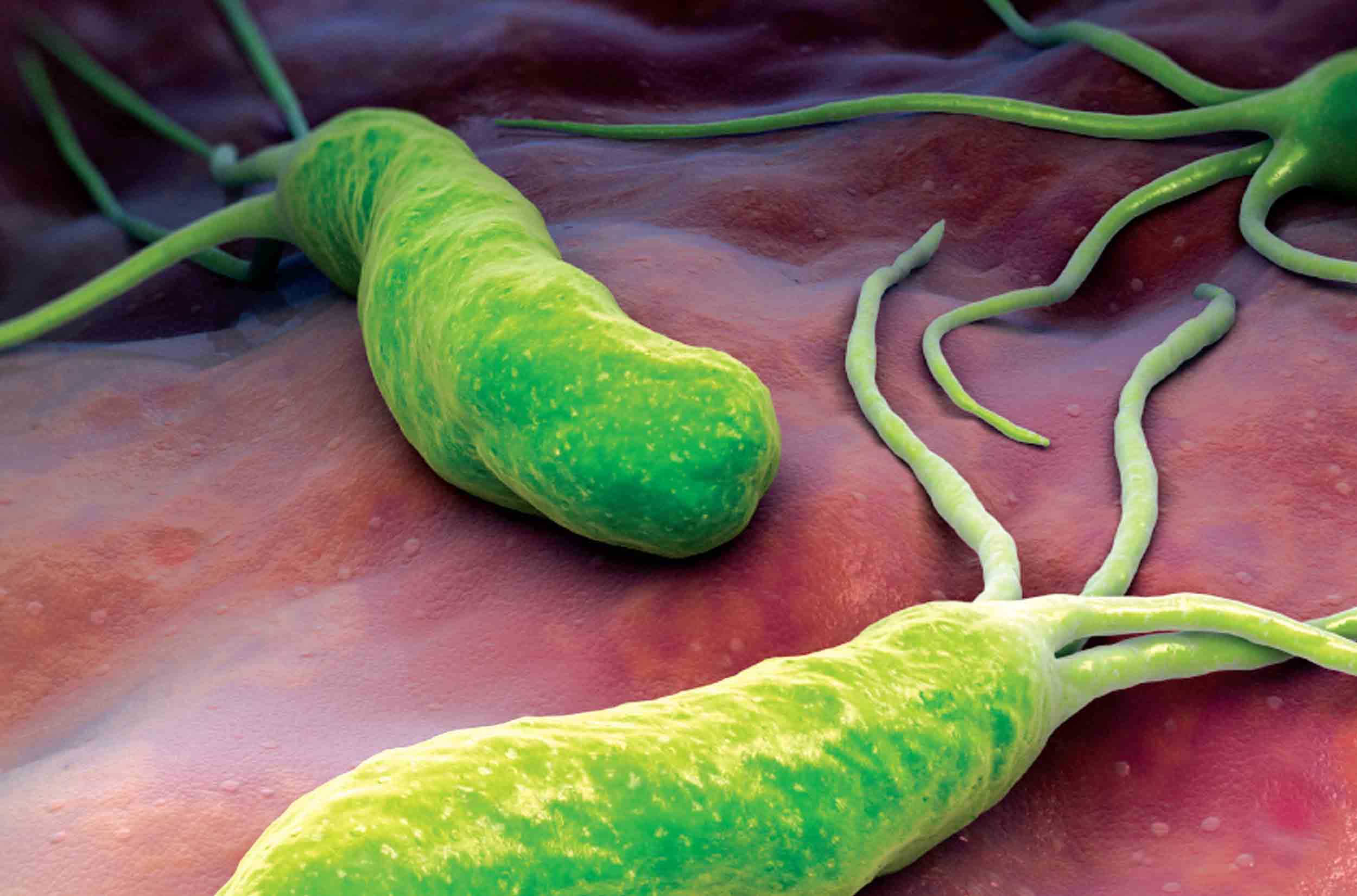This website uses cookies so that we can provide you with the best user experience possible. Cookie information is stored in your browser and performs functions such as recognising you when you return to our website and helping our team to understand which sections of the website you find most interesting and useful.
High‑Stringency Human Proteome Blueprint Released
at the Institute for Systems Biology

HUPO Releases 10-Year High-Stringency Blueprint of Human Proteome
Like the draft “shotgun” Human Genome Project of the Human Genome Organization (HUGO), the HPP has now reached a significant decadal milestone of more than 90 percent completion of the Human Proteome that is referred to as the human proteome “parts list.”

Malaria Researchers’ Findings May Have Implications for Preventing Spread of Deadly Disease
ISB researchers and their collaborators are using systems biology approaches to learn how the malaria parasite is able to transfer to humans via the bite of an infected mosquito. The information they have uncovered may help identify new ways to prevent people from contracting the deadly disease.

The Other Malaria: Finding New Targets for a Vaccine Against Plasmodium vivax
A new report in PLOS Neglected Tropical Diseases describes the results of an international collaboration led by researchers at ISB and Seattle’s Center for Infectious Disease Research (CIDResearch). We used mass spectrometry-based proteomics to identify nearly 2,000 proteins present in Plasmodium vivax parasites, one of the Plasmodium species that cause the disease malaria in humans. The work was done on parasites dissected from mosquito salivary glands, parasites that were in…

ISB Proteomics: Moritz Lab Hosts TPP Workshop in Delhi
A team from the Moritz Lab at ISB headed to Delhi, India, to host a workshop on the Trans-Proteomic Pipeline (TPP). @ISBUSA Luis Mendoza and Dave Campbell open up the TPP course in Delhi India today to teach proteomics from the Moritz Lab. Welcome students pic.twitter.com/01hkteGfrr — rmoritz (@r_l_moritz) December 9, 2016 Many thanks from the Moritz lab @ISBUSA to the TPP Delhi Course participants and thanks to Brijesh Pandey…

‘A Better Blood Test for Liver Damage’
Chemical & Engineering News highlighted ISB’s recent publication (Identifying Organ-Specific Blood Biomarkers for Acute Liver Injury) in the Journal of Proteome Research. “For many years, clinicians have relied on assays for two enzymes, alanine aminotransferase (ALT) and aspartate aminotransferase (AST), to detect liver injury. These biomarkers have limitations, says Leroy Hood of the Institute for Systems Biology, such as a short half-life and a tendency to underreport damage in certain…

ISB Q&A: Dr. Robert Moritz on Ötzi the Iceman
Ötzi the Iceman: In a study published in the Jan. 8, 2016, issue of the journal Science, researchers from the Moritz group at ISB collaborated with a worldwide consortia headed by Prof. Albert Zink and Dr. Frank Maixner, of the Institute for Mummies and the Iceman at the European Academy of Bozen/Bolzano (EURAC) in Italy; Prof. Thomas Rattei, of the University of Vienna; and Dr. Rudi Grimm, of University of…

The 5300-year-old Helicobacter pylori genome of the Iceman
ISB’s Moritz Group, which specializes in proteomics, collaborated on research related to study pathogens from the stomach content and microbiome of Ötzi, a glacier mummy from the European Copper Age. The results were published in Science. Read the article here. Institute for Systems Biology collaborates with researchers worldwide to study pathogens in the stomach content and microbiome of the 5300 year old European Copper Age glacier mummy “Ötzi” and discovers…

ISB’s Robert Moritz Lab Receives NIGMS Grant for Trans Proteomic Pipeline
The National Institute Of General Medical Sciences of the NIH has awarded Principal Investigator(s): Eric Deutsch, PhD, and Robert L. Moritz, PhD, a continuing R01 grant GM087221 for the ongoing development of the Trans-Proteomic Pipeline. The award titled “Development of Trans Proteomic Pipeline, an Analysis Suite for Mass Spectrometry” will continue the work of the ISB flagship proteomics analysis suite of open-source programs that has been downloaded thousands of times…



